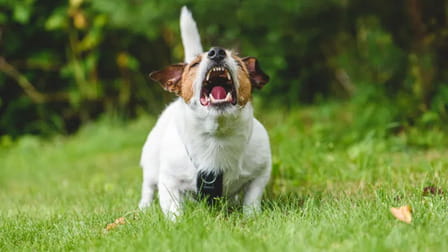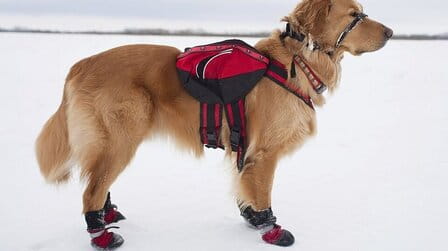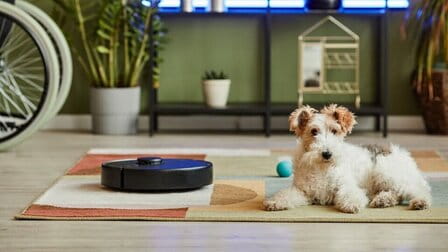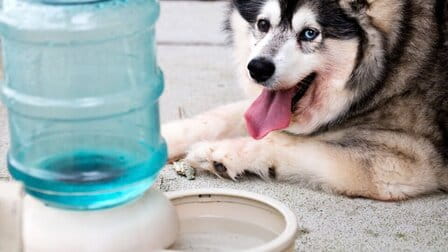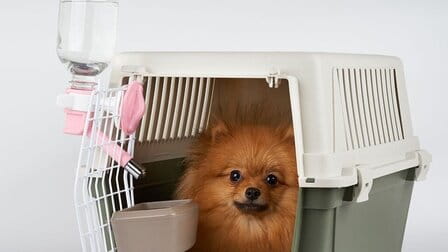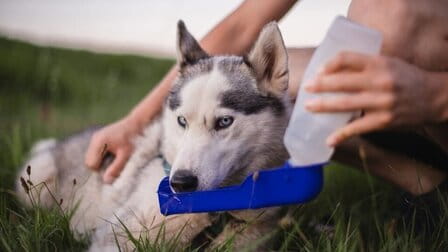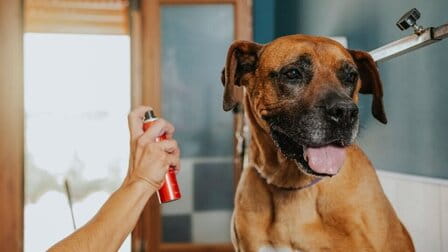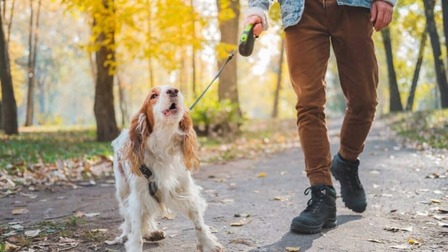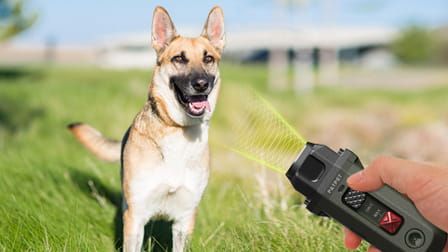Walking the dog is a very popular activity for owners who often play with their pets. But keeping your dog safe while walking outside can be as easy as choosing the right harness size for your dog. Invest in a harness that avoids the risk of your dog slipping out and into traffic.
There are many types of dog harnesses on the market today, so how can you know which one to get or the right harness size for your dog?
Below we have provided how to choose a harness for the dog now.
1. A difference of types for harness
Purpose for using the harness
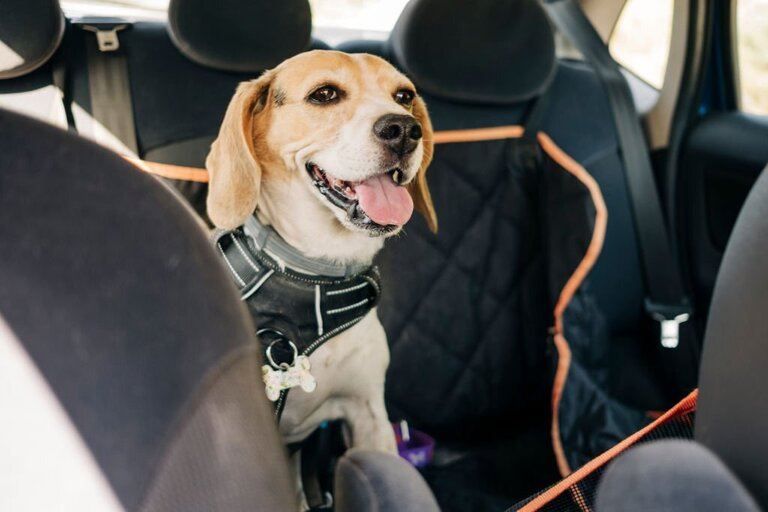
Each harness style will have some different function, almost not all of them are designed for walking use, the same style can be used for walking, like the front clip, rear clip, or tightening harness.
The main function of the harness is to help dogs who have difficulty walking, especially older dogs, and distribute the dog's weight so you can lift them easily. What's more, they come equipped as a walking and vet-recommended leash designed for your dog's health needs.
Sports or training harnesses will need to be lighter, so look for a harness that doesn't have a metal adjustment clip and is made of lightweight materials. You can find sports belts that add weight to a dog, helping to increase strength and increase resistance.
If traveling by car, choose an approved crash-tested harness. Because these are less likely to break and cause harm if your dog is in an accident.
Back clip harness

Usually, on harnesses, the leash attachment loop is located on the top of the dog's back. Most of these harnesses make it easy for dogs to get used to and feel comfortable wearing, especially since the leash will not get caught in the dog's front legs.
Front clamp harness

Usually, front clip harnesses have the leash attachment in the center of the dog's chest, not on the back. In this way, the harness allows for a lot of control over the dog if they pull while walking. At the same time, it also helps to redirect the dog to face the owner.
Belt-tightening
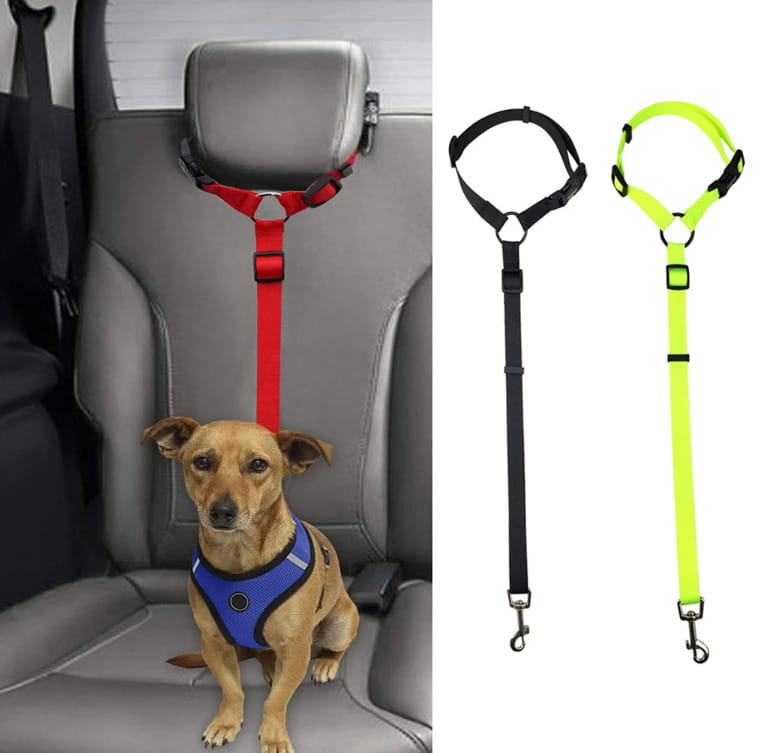
In general, there are many different variations of lap belts, but they all have the same function of tightening and adding pressure when the dog pulls. Squeezing can be uncomfortable for the dog and they will reduce the pull or stop. It is very suitable for use with a determined puller. Be sure the harness won't hurt the dog, though.
2. Materials for a dog harness

Most harnesses are made from nylon or another synthetic fabric, or padded leather. The nylon harnesses are easy to adjust, better if you live in a humid area. In dry weather conditions, nylon and leather can be used.
Besides, you also consider a harness with light padding. Thanks to this padding, the harness is more comfortable to wear. But, harnesses tend to be a bit high priced.
3. Additional features
If you are usually walking with your dog at night, have to consider harnesses with reflective trim to make them easier to observe. The harnesses with handles are also a useful training tool to help control the dog.
Besides, the look of the harness is not a priority but once you have determined the right harness you can choose between different colors and patterns. Some waterproof harnesses are easier to clean.
4. Measure the harness for your dog

Step 1: Use a measuring tape
Usually, harnesses are sold by the dog's weight, but a tape measure will help you get a more accurate measurement. There are many ways to get an accurate measurement, you can take your dog to the pet store and try on other harnesses before you buy, but by measuring at home you can choose the right size at the store without having to wear one. pet's face.
You can ask a friend or family member to help you keep your dog still while measuring.
Step 2: Check the widest part of your chest
For most dogs, it will be behind their shoulder blades. Make sure you wrap the bandage around firmly, but not too tight or too loose. Thanks to that you get an accurate measurement.
You should write down your measurements in both inches and centimeters. In general, other harness brands use different measurement systems, so both numbers should be included.
Step 3: Measure the dog's neck
You should use a tape measure to measure the thinnest part of your dog's neck. Therefore, it is advisable to record measurements in both inches and centimeters.
Step 4: Weigh the dog

Dog harnesses use weight to determine the size, so you need to measure your dog's weight accurately. Some well-trained dogs can sit still on the scale for accurate results.
A simple way to weigh a dog is to weigh yourself and then weigh yourself holding your dog. Then you subtract the second number from the previous number and your dog's weight.
Step 5: Match your measurements with the right size
Once your dog has been measured and weighed, its harness size can be viewed. Often on a harness' packaging, or in online descriptions, a series of measurements corresponds to one size. Similarly, the small size can accommodate dogs weighing 15 to 30 pounds.
What's more, dogs can fit different sizes depending on the brand of the harness. Therefore, it is necessary to adjust to the appropriate level.
Step 6: Fit to the harness
If the harness should fit your dog snugly, but not too tight. Look for harnesses that have 4 to 5 points of adjustment so that the harness can be adjusted to fit your dog. In addition, harnesses that may not be the correct size or are fitted incorrectly may still fit. Some telltale signs:
- Chafing around the area of harness.
- Dogs can wriggle freely.
- The back of the harness rotates from side to side instead of being fixed.
Step 8: Buy a harness
You can find dog harnesses at every pet store, from major retailers, and online. Let's start buying.
Conclusion
Above we have shown how to choose a harness for a dog, which helps you to have good control over your pet's movement. What's more, you also keep and ensure that your dog is safe.

